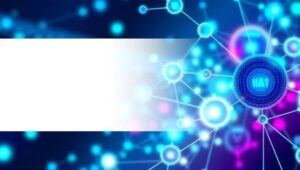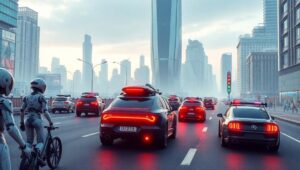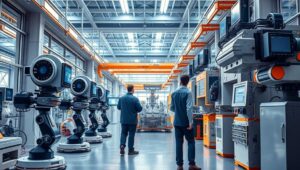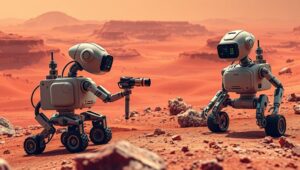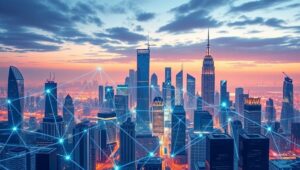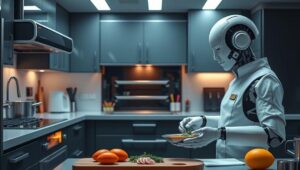June 2, 2025
Programmable Matter: Gadgets That Change Form (2040 Concept)
Programmable Matter: Gadgets That Change Form (2040 Concept) Imagine a world where your devices aren’t limited to a single, fixed form. Envision gadgets that adapt and morph to suit your needs, seamlessly transitioning from a smartphone to a tablet, or even a customized tool. This isn’t science fiction; it’s the promise of programmable matter, a concept poised to revolutionize our interaction with technology by 2040. What is Programmable Matter? At its core, programmable matter consists of tiny, individual units, often called ‘catoms’ or ‘voxels,’ that can change their physical properties and interact with each other. These units can alter their

